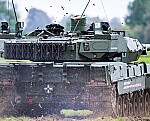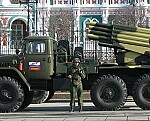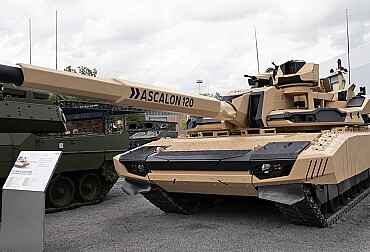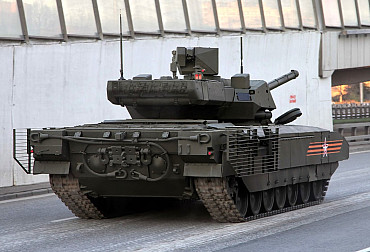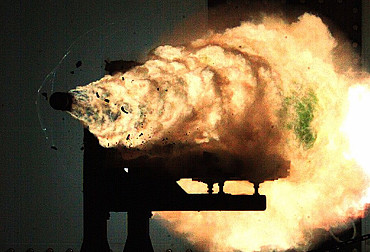Vilkha MLRS – Ukraine’s locally produced “HIMARS” based on the Soviet Smerch
Developed in a hurry since 2014, the Vilkha has become one of the pillars of Ukrainian artillery. Accurate, powerful, and locally produced, it illustrates a disruptive industrial strategy in the midst of a war of attrition. In the shadow of Western systems, a Ukrainian weapon stands out for its accuracy and range. A modernized successor to a Soviet platform, the Vilkha embodies Kyiv’s strategic autonomy.
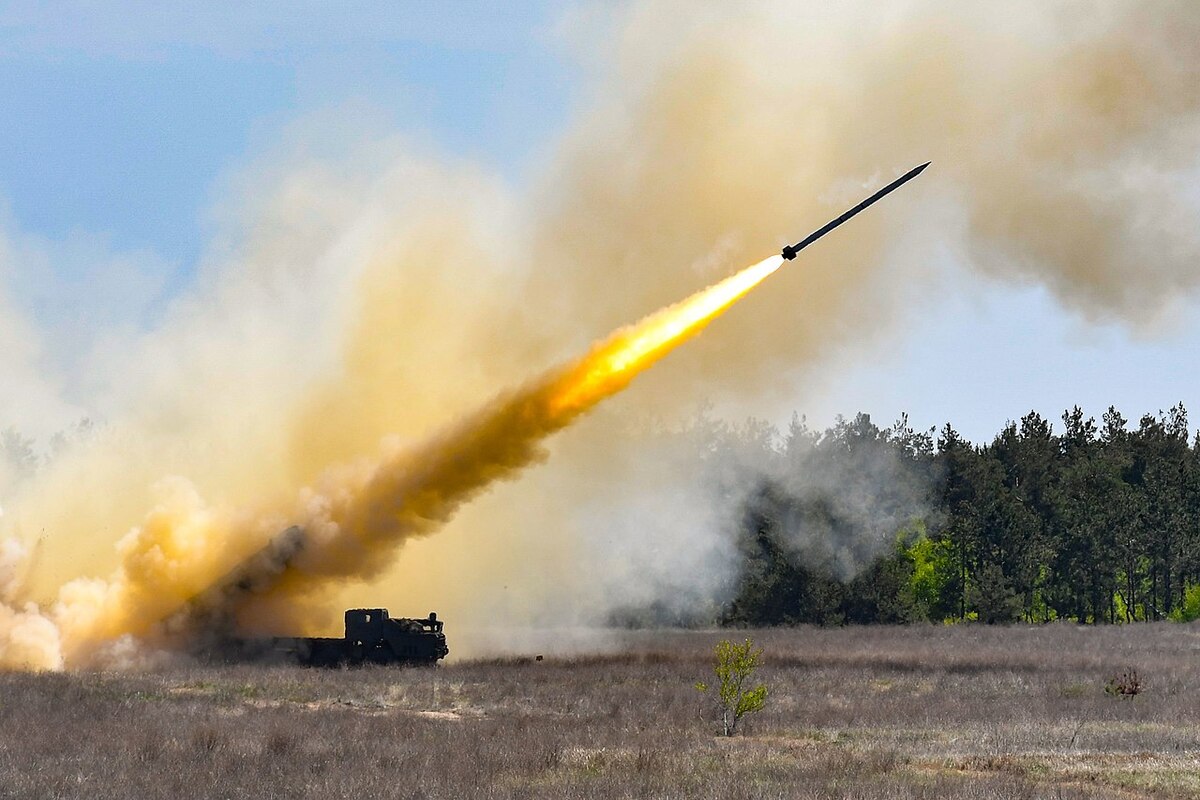
HIMARS: mobility, firepower, and precision
At the heart of the Western arsenal delivered to Kyiv, the HIMARS fascinates with its mobility and range. During the conflict still marked by intense deep strikes, the HIMARS remains a central topic of military analysis. This American rocket launcher, designed to combine mobility, firepower, and precision, has changed the way artillery strikes are conducted. Deployed in several conflicts since the beginning of the 21st century, it has become a strategic asset on the Ukrainian theater. However, its actual effectiveness, the exact number of units delivered, and its military impact are still debated. And more capable and more accessible systems are being developed.
Developed in the 1990s by Lockheed Martin, the HIMARS (High Mobility Artillery Rocket System) was designed to offer a more mobile alternative to the heavy MLRS (Multiple Launch Rocket System). It entered active service with the US Army in 2005 and was quickly deployed in operations in Iraq and Afghanistan, where its ability to deliver precision strikes from a safe distance impressed military leaders. The system is based on an FMTV truck chassis equipped with a pod capable of carrying six GMLRS rockets or one ATACMS ballistic missile.
The Ukrainian army received the first HIMARS in June 2022. Their deployment coincided with a series of precision strikes on Russian ammunition depots, which quickly changed the balance of power. In September 2022, General Mark Milley, chairman of the US Joint Chiefs of Staff said: “The Ukrainians have used these systems very effectively.” According to the New York Post, the HIMARS equipped with the new long-range rockets enabled Ukraine to strike Russian military infrastructure as far away as the Kursk region, more than 130 km from the front line.
In September 2023, the specialist French website Meta-Defense reported that Lockheed Martin had validated the extended range of the new version of the GMLRS rockets: “Lockheed Martin announced that the new ER GMLRS rocket had reached its maximum range of 150 km during a test.” This advance puts the HIMARS on a par with Russia’s Tornado-S systems, while retaining its logistical modularity. The ability to engage long-range targets with ammunition that is less expensive than ATACMS missiles enhances its tactical value, particularly in Ukraine. But the success of the HIMARS comes at a price. Several units were destroyed in 2024 during Russian attacks. Russian forces have also developed GPS jamming techniques, compromising the accuracy of satellite guidance. However, GMLRS rockets incorporate an inertial navigation system that maintains a certain degree of accuracy.
The Ukrainian Vilkha: a modern MLRS based on the Soviet BM-30 Smerch
Too often overshadowed by the highly publicized American HIMARS, the Ukrainian Vilkha (“Alder” in Ukrainian) artillery system deserves special attention. Based on the architecture of the Soviet BM-30 Smerch, this Multiple Launch Rocket System has been completely redesigned by the Ukrainian defense industry to become a long-range precision weapon. The program was launched in 2014 in response to the escalating conflict with Russia.
Led by the Yuzhnoye Design Bureau, in partnership with the Artem company, the development of the Vilkha took on a critical dimension with Russia’s invasion of Ukraine in February 2022. Officially unveiled in 2018, the system has since undergone accelerated industrialization, transforming the prototype into a leading operational asset. The Vilkha is based on a platform of 12 launch tubes, visually similar to the Smerch, but extensively modernized. The integration of inertial guidance coupled with GPS and GLONASS systems (GLONASS is Russia’s satellite navigation system, providing a global alternative to GPS and is the second navigational system in operation with global coverage and of comparable precision) enables a Circular Error Probability (CEP) of between 10 and 30 meters to be achieved: formidable accuracy for this type of weapon.
Today, two main versions are known: Standard Vilkha with an operational range of 90 to 120 kilometers, and Vilkha-M with an extended range of 130 to 150 kilometers and improved accuracy. Unconfirmed sources also mention an experimental Vilkha-M2 model, with a range exceeding 150 kilometers, but this has not been officially confirmed at this stage. The system’s payload consists mainly of fragmentation warheads, with possible variants including submunitions, depending on the nature of the target.
In the field, the Vilkha has demonstrated its effectiveness against Russian logistical targets, particularly at times when HIMARS ammunition, regulated by Western partners, was becoming scarce or politically sensitive. Although less mobile than the American system mounted on a light truck, the Vilkha has a significant advantage: it is designed, produced, and maintained locally. This is a key factor in the long term, in a war of attrition where logistical autonomy can make all the difference.



